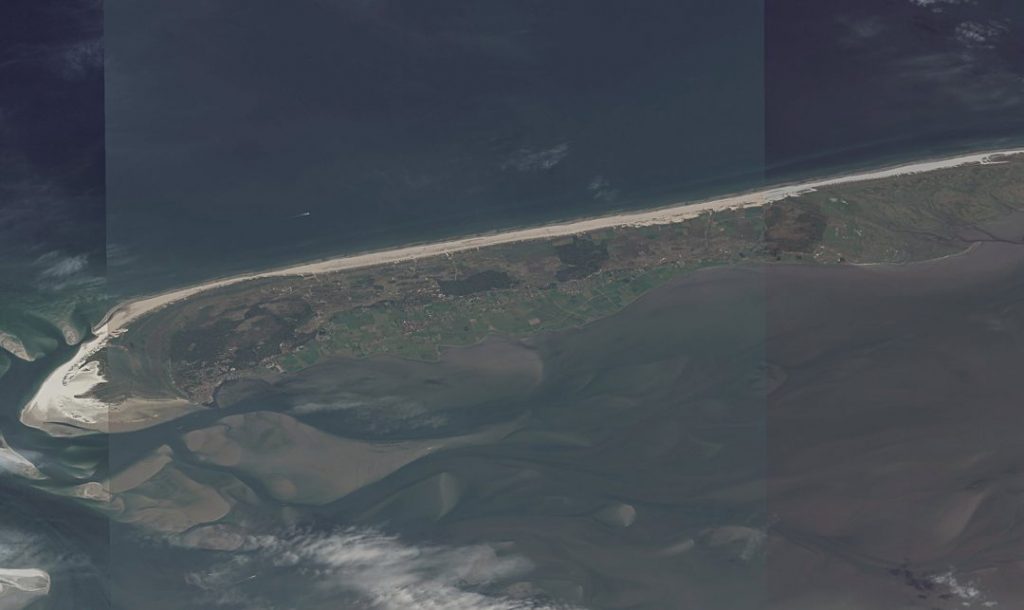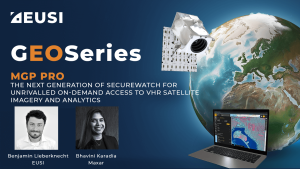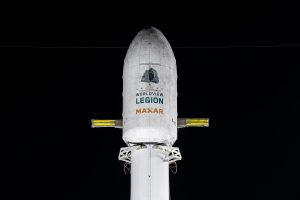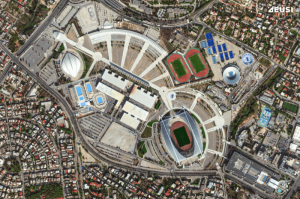Near-Real-Time Satellite Imagery Aids in Beach Cleanup Efforts
- European Space Imaging
- 4 January, 2019
On January 2, 2019, the MSC Zoe lost up to 270 containers off the coast of Germany and The Netherlands. As the debris, including chemicals, washes ashore Dutch beaches, Near-Real-Time satellite imagery can serve as an invaluable tool in large scale disaster response scenarios.
Ten meter waves pounded the MSC Zoe late in the evening of January 2, 2019. The storm caused the ship to lose hundreds of shipping containers that are now washing up on island beaches across the northern coast of The Netherlands.
Everything from televisions to plastic toys and fashion apparel, along with packaging and silica gel pouches are littering the Dutch beaches. A massive cleanup effort is being mobilised by military and volunteers.
Satellite Imagery aides in large scale disaster cleanup efforts such as this one. The Near-Real-Time capture and delivery methods of European Space Imaging can help officials track floating debris over thousands of kilometers along the coast. This allows disaster relief commanders to strategically send cleanup and rescue crews to the most affected areas.
Furthermore, images can be captured periodically in order to monitor progress and identify new problem areas as they arise.

When disasters occur over large areas or over open ocean, authorities turn to Near-Real-Time imagery to give them the best chances of coordinating effective responses. For more information about how satellite imagery is used in emergency management, click here.
Related Stories

The Successful Launch of Maxar’s WorldView Legion and the Impact on European EO Applications
The first four long awaited WorldView Legion Satellites are now orbiting Earth. What does this mean for space-based remote sensing projects around Europe? In this webinar, EUSI is joined by representatives from Maxar Technologies. We discuss the unique technology within these satellites and how this significant increase in capacity of 8-band multispectral 30 cm class imagery is already poised to impact ongoing projects and increased demand across all sectors including Large Area Mapping, Security, Emergency Response, Agriculture and Research/Education.

MGP Pro Demonstration
Instant access to VHR satellite imagery via web or API. European Space Imaging recently recorded a webinar in which they demonstrated all the functionality of

EUSI Will Soon Offer Intraday Monitoring Across Europe After Maxar’s Second Successful Launch of WorldView Legion Satellites
With the successful launch of Maxar Intelligence’s second set of WorldView Legion satellites, European Space Imaging (EUSI) will soon offer up to eight daily collection opportunities in key latitudes across Europe and North Africa – a number that will increase after the final WorldView Legion satellites are launched and all six satellites are operational.

A Bird’s-Eye View: Olympic Stadiums of Europe from Space
The whole world is watching the Olympic Games in Paris with bated breath. But it’s not the first time the Summer Olympics have been held in Europe – 14 stadiums have been built across 10 countries, each of them unique and capturing the spirit of the cities that hosted them. Which one is your favourite?





